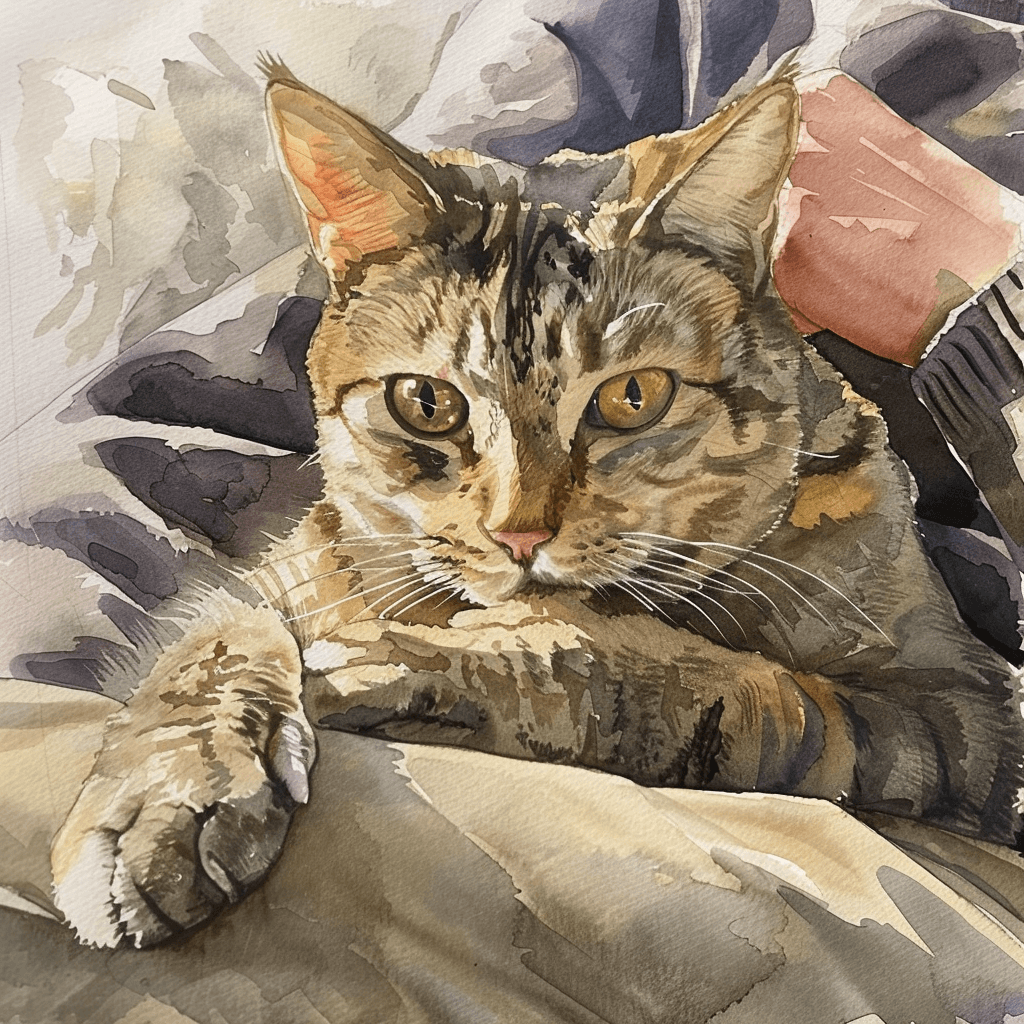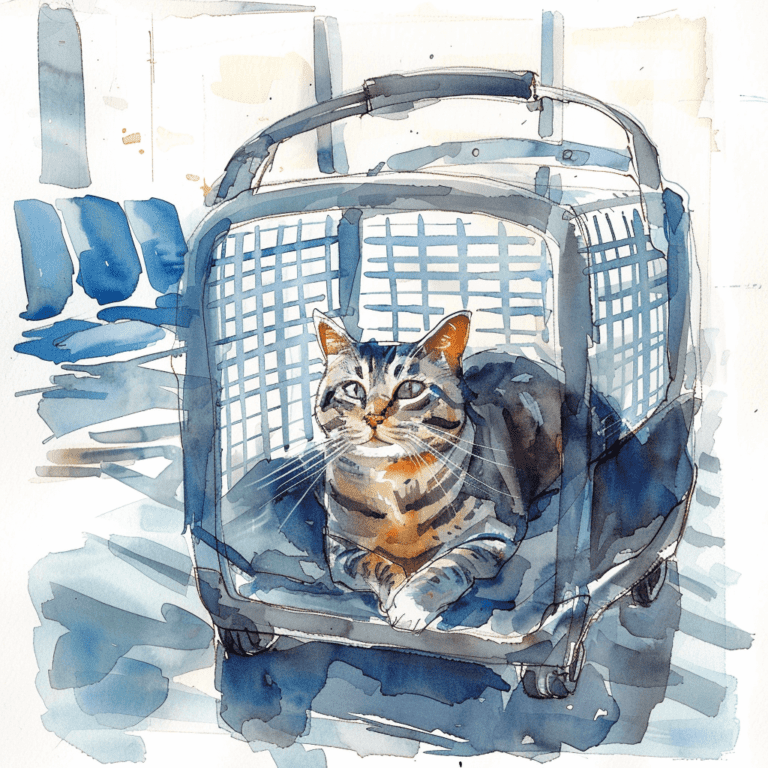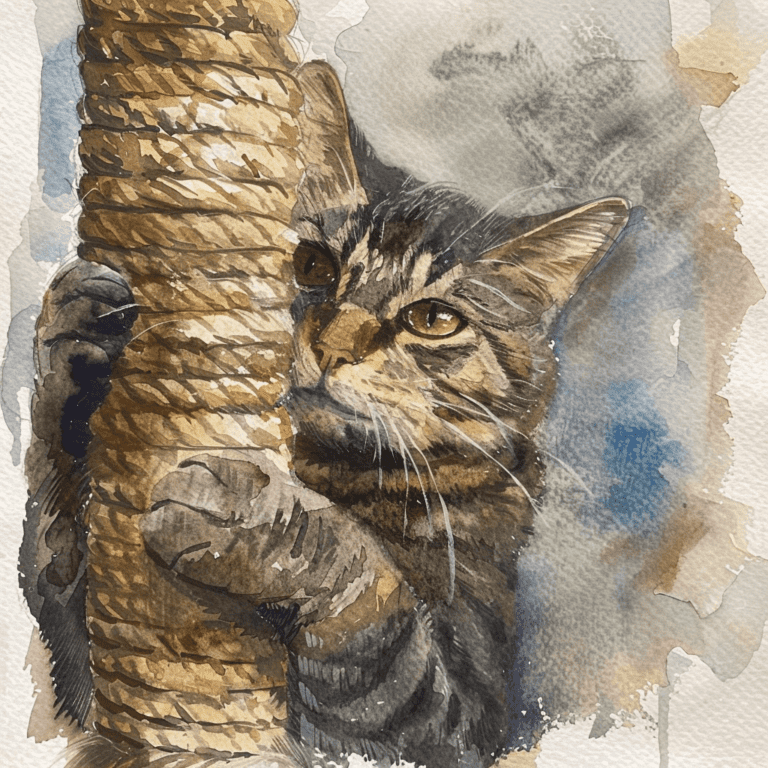Hello, fellow feline fanatics! As a seasoned cat parent, I know all too well that dealing with cat hair can be a furry affair. Whether it’s your black pants turned white or your sofa looking more like a fur coat, cat shedding is a fact of life we just can’t ignore. But fear not! This deep dive into the fluffy world of cat shedding will arm you with tips, tricks, and product recommendations to help keep your home (and your lap) a little less hairy.
Why Does My Cat Shed So Much?
Let’s unravel the mystery of why our beloved furballs lose so much hair. Understanding the causes of shedding in cats is key to managing it effectively.
Causes of Shedding in Cats
Shedding in cats is a natural process that allows them to lose old or damaged hair. Factors influencing shedding include:
- Seasonal Changes: Cats typically shed their winter coat in spring, gearing up for a cooler summer outfit. This means cat shedding season can peak twice a year!
- Health and Diet: A cat’s coat is a reflection of their overall health. Poor diet, stress, or underlying health issues can lead to excessive cat shedding.
- Indoor vs. Outdoor Life: Interestingly, indoor cat shedding season might seem like all year round because they’re less exposed to natural light cues that trigger shedding.
Sudden and Excessive Shedding
If you notice your cat shedding fur in clumps or more than usual, it could be a sign of health issues. It’s important to differentiate between normal shedding and symptoms that require a visit to the vet for a treatment for excessive shedding in cats.
Top Recommendations to Reduce Cat Shedding
To help you tackle the hairy onslaught, here are some tried-and-tested products and home remedies for excessive cat shedding:
- High-Quality Diet: A diet rich in omega-3 and omega-6 fatty acids can improve skin health and reduce shedding. Look for cat foods specifically designed to support coat health.
- Regular Grooming: Brushing your cat regularly with a de-shedding tool can significantly reduce the amount of hair they shed. It also helps distribute natural skin oils that keep their fur healthy.
- Supplements: Adding supplements like fish oil to your cat’s diet can support skin health and reduce shedding. Always consult your vet before introducing any new supplement.
- Moisturized Skin: Dry skin increases shedding. Consider using a humidifier in your home during dry months to help keep both your skin and your cat’s in top condition.
- Stress Reduction: Since stress can contribute to shedding, providing a calm environment and plenty of playtime can keep your cat—and their hair—in better shape.
Adjacent Products to Consider
To complement your shedding management strategy, consider these handy helpers:
- Robotic Vacuums: Automate the cleanup of cat hair with a robot vacuum designed to handle pet hair.
- Upholstery Cleaners: Specialized tools and solutions can help remove cat hair from furniture and fabrics effectively.
- Litter Mat: While not directly related to shedding, a good litter mat can reduce the spread of cat hair by trapping it as your cat exits the litter box.
Summing It Up: Why These Recommendations Matter
Managing cat shedding effectively not only helps keep your home cleaner but also ensures your cat is healthier and happier. By understanding when and why your cat sheds, you can better address the root causes and symptoms of shedding. Regular grooming, a good diet, and proper health care go a long way in reducing unwanted hair and maintaining your cat’s beautiful coat.
So, embrace the shedding season with the right tools and knowledge at your disposal! Remember, every bit of fur is a sign of your cat’s trust and affection (or so I like to tell myself as I clean the couch for the third time today). Happy grooming!




